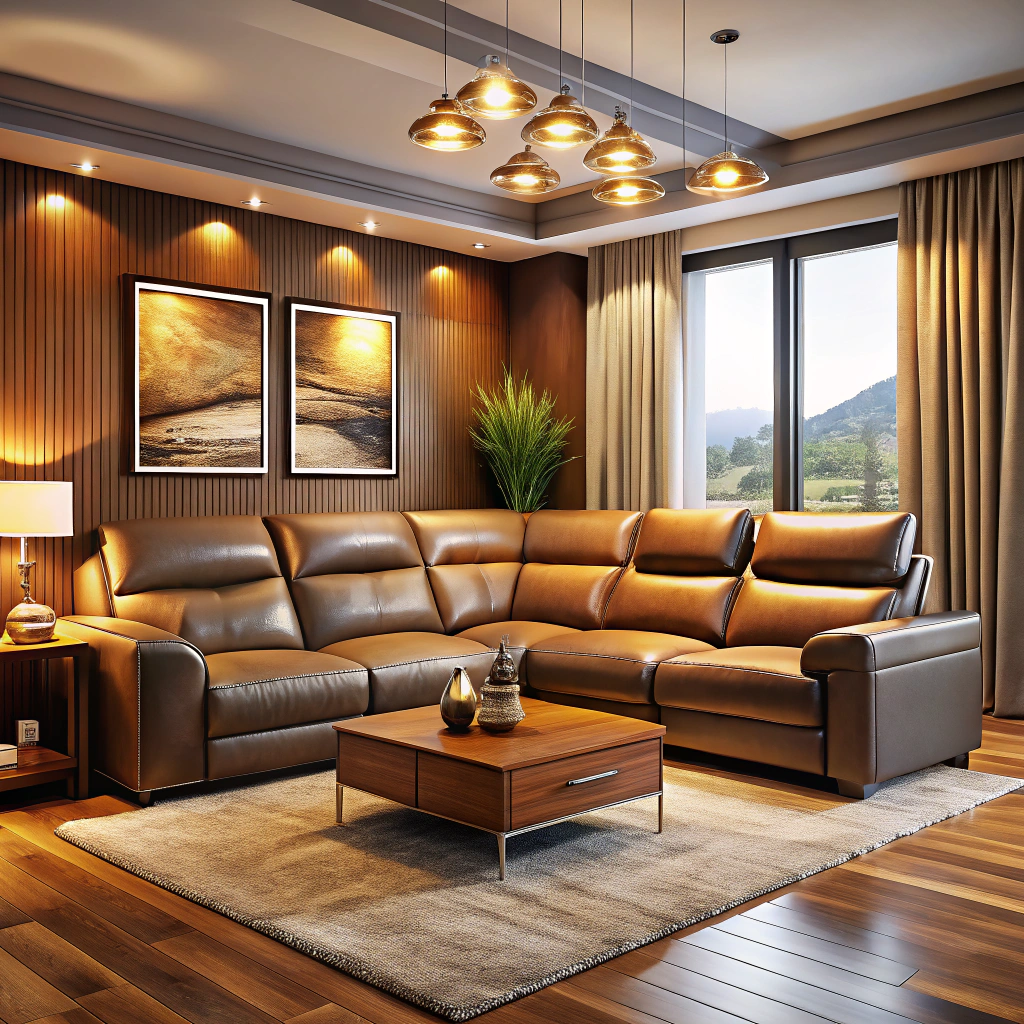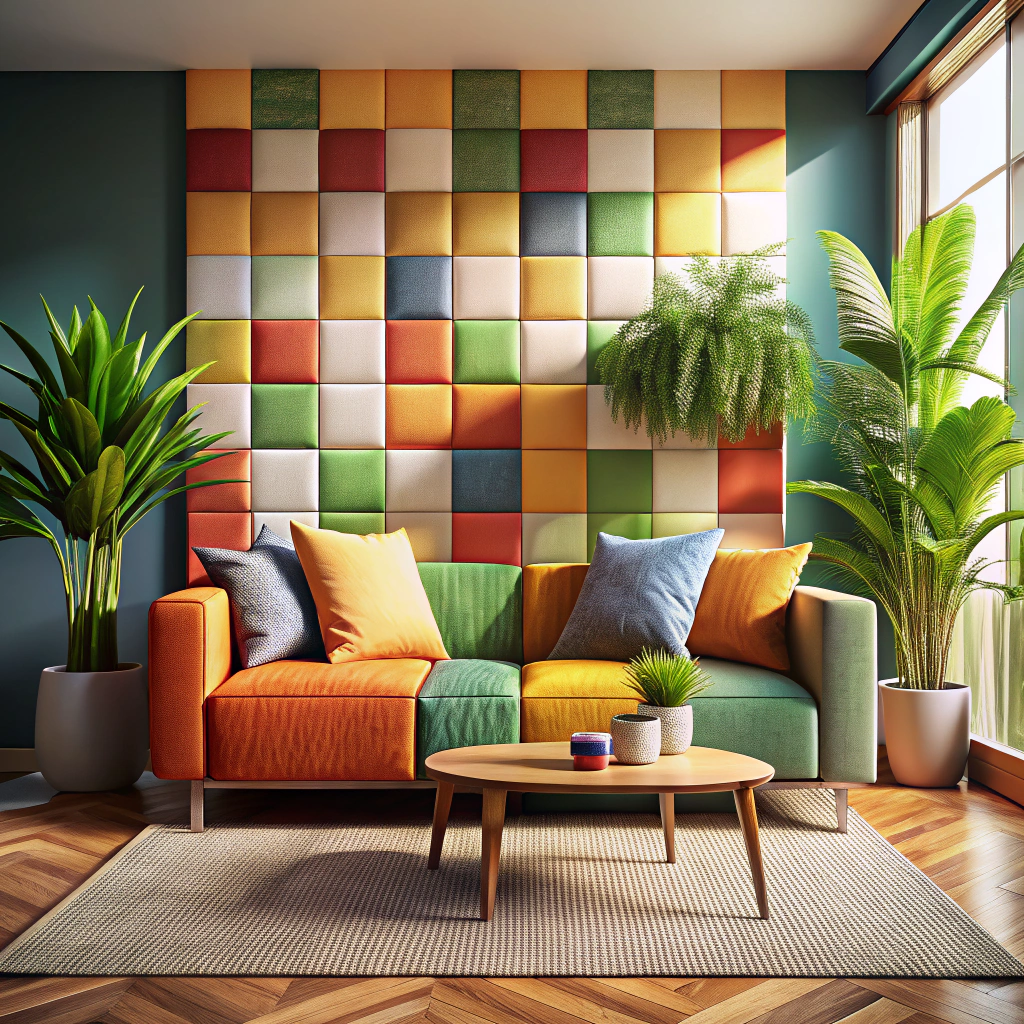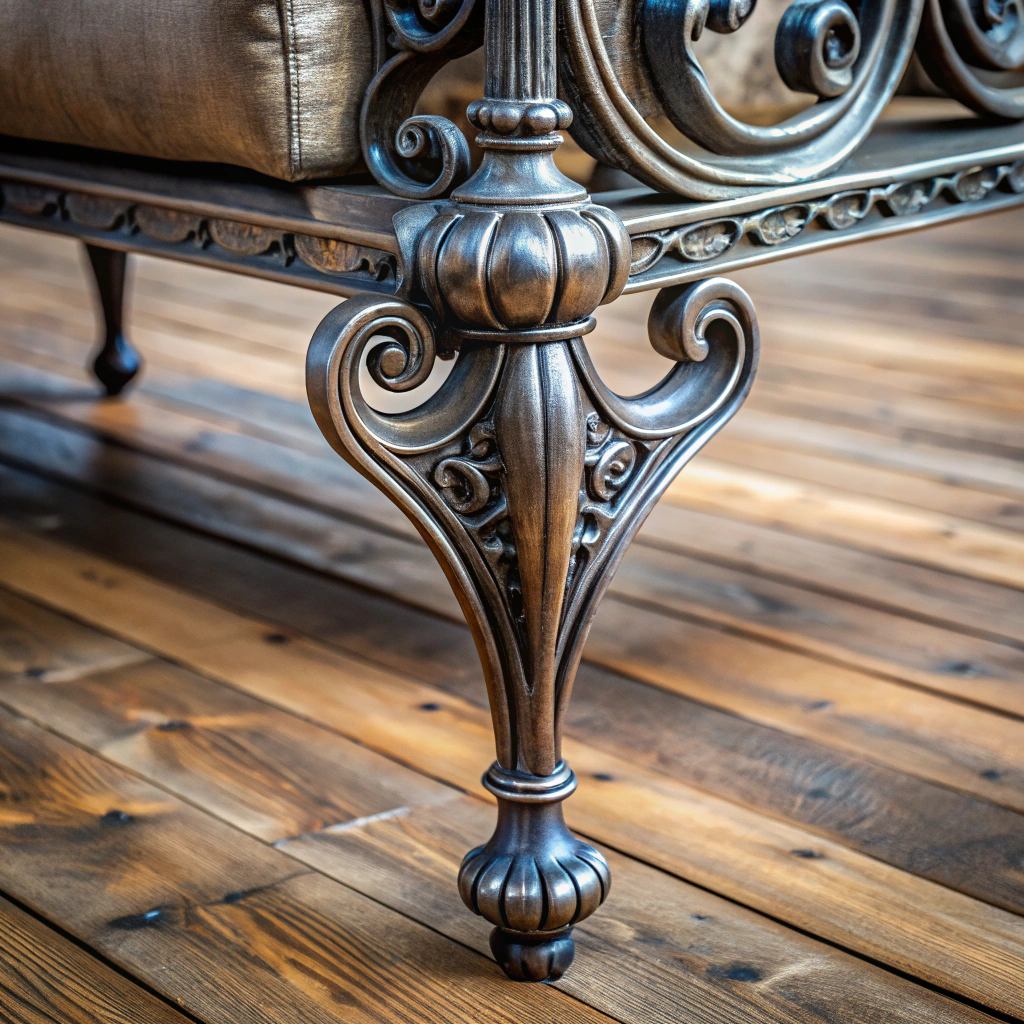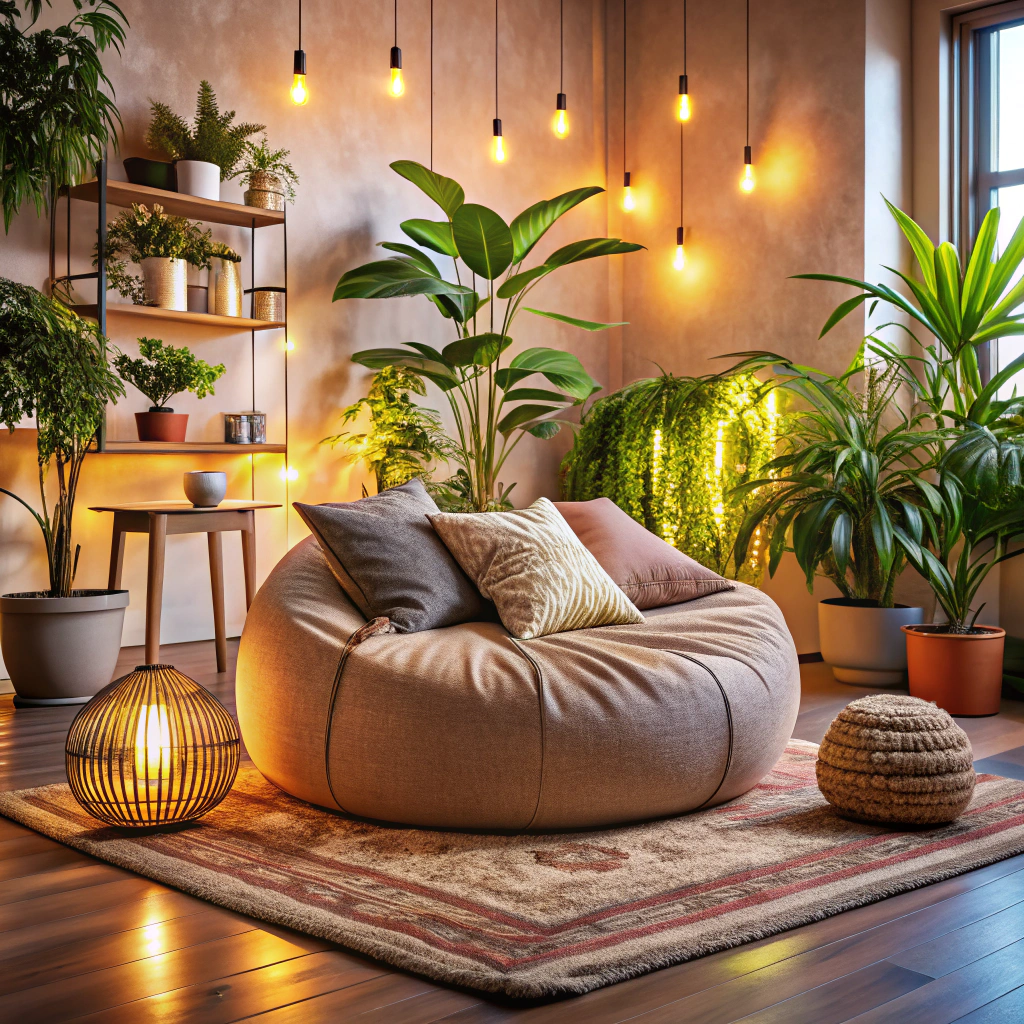Last updated on
To make an Arabic sofa, you’ll need to start by selecting a comfortable cushion and choosing the appropriate fabric.
As I sat in my living room, admiring the beautiful Arabic sofa passed down through generations of my family, I couldn’t help but wonder about its origins. How was it made? Who crafted it with such intricate detail? And most importantly, could I learn how to make one myself?
With a deep curiosity and a love for all things handmade, I set out on a journey to uncover the secrets behind creating this stunning piece of furniture. Through research and conversations with skilled craftsmen, I discovered the fascinating history and techniques behind making an Arabic sofa.
And now, dear reader, I am excited to share everything I have learned with you. In this article, we will delve into the step-by-step process of creating your very own Arabic sofa – from selecting materials to adding those final touches that make it uniquely yours.
So sit back and get ready to embark on a journey of creativity and tradition as we explore how to make an Arabic sofa!
Key takeaways:
- Choose a comfortable cushion and appropriate fabric
- Arabic sofas originated during the Islamic Golden Age
- Gather essential materials: high-quality wood, upholstery fabric, foam padding, and tools
- Design your perfect majlis with size, shape, and color scheme in mind
- Craft a sturdy wooden frame using precise measurements and assembly techniques
Table of Contents
The Origin of Arabic Sofas
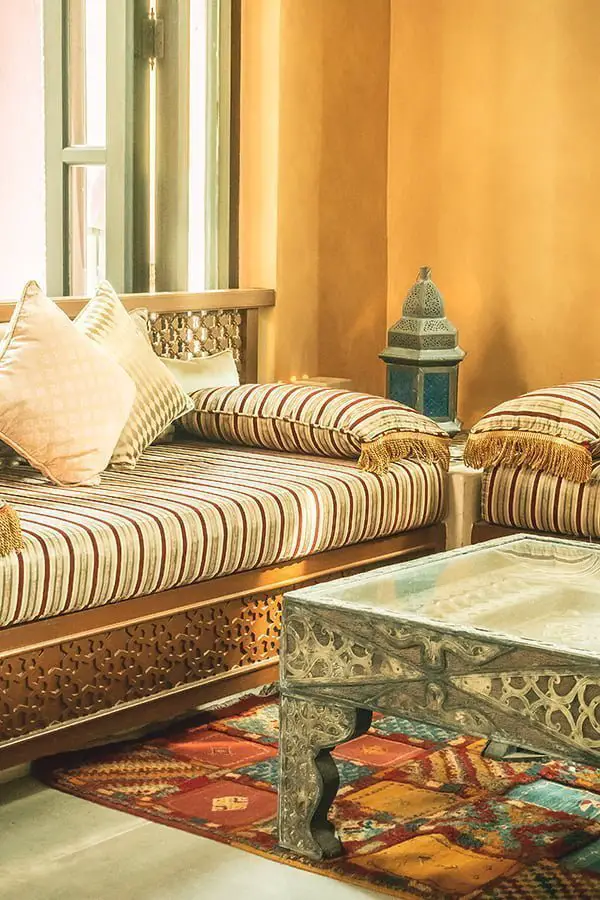
The origin of Arabic sofas can be traced back to the Islamic Golden Age when furniture-making was considered an art form. These sofas were not only functional but also served as a symbol of wealth and status.
They were often found in palaces and wealthy households, adorned with intricate carvings and luxurious fabrics.
From Morocco’s colorful patterns to Egypt’s ornate designs, these pieces reflected the culture and traditions of their respective countries.
But what fascinated me most was how these traditional pieces have stood the test of time – passed down from generation to generation as family heirlooms. As someone who values handmade items with sentimental value, this resonated deeply with me.
With this newfound appreciation for Arabic sofas’ rich history came a desire to learn how they are made – not just for practical purposes but also out of respect for tradition and craftsmanship.
Essential Materials and Tools

Before we dive into the step-by-step process of making an Arabic sofa, it’s important to gather all the necessary materials and tools. As I began my research, I quickly realized that this was not a project for beginners – it requires skill and patience.
However, with the right materials and tools, anyone can create a beautiful piece of furniture.
Firstly, you will need high-quality wood such as oak or walnut for the frame of your sofa. The type of wood used in traditional Arabic sofas is called “Sedir” which is known for its durability and strength.
Next up are upholstery fabrics such as velvet or silk that are commonly used in Arabic sofas to give them their signature luxurious look. You’ll also need foam padding to provide comfort when sitting on your finished product.
In terms of tools required; you’ll need saws (handheld or electric), sandpaper (various grits), drill bits & screws/nails along with measuring tape & pencil/pen etc., depending on how detailed you want your design to be.
Assembling these essential materials may seem daunting but trust me when I say that they’re worth investing in if you’re serious about creating an authentic-looking Arabic sofa! With everything gathered together, let’s move on to our next step: designing our masterpiece!
Designing Your Perfect Majlis
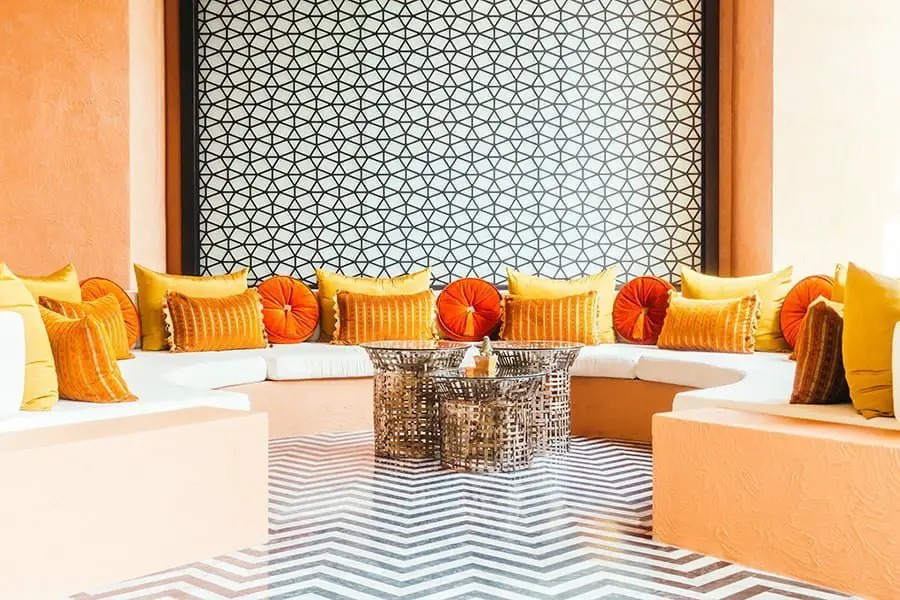
Once you have decided to make an Arabic sofa, the next step is to design your perfect majlis. The majlis is a traditional Arabic seating area that typically consists of a low table surrounded by floor cushions or sofas. It’s where family and friends gather for conversation, relaxation, and entertainment.
When designing your majlis, consider the size of your space and how many people you want it to accommodate. You can choose from various shapes, such as rectangular or circular depending on what suits best in your room.
Think about the color scheme that will complement other elements in the room while also reflecting traditional Arabic aesthetics. Earthy tones like beige and brown are popular choices for upholstery fabrics, while intricate patterns add depth and texture.
Designing your perfect Majlis allows you not only to create a comfortable seating arrangement but also adds character to any space with its unique cultural significance – something that cannot be replicated by store-bought furniture!
Crafting the Wooden Frame

The first step in making an Arabic sofa is crafting a wooden frame. This is perhaps one of the most critical steps, as it sets the foundation for your entire piece of furniture.
Traditionally, Arabic sofas are made from a strong and durable wood such as oak or teak.
To start off with crafting your wooden frame, you will need to measure out all pieces accurately before cutting them down into shape using saws or other tools depending on what type you have available at hand. Once all pieces are cut down into shape, they can be assembled together using nails or screws which will hold everything firmly in place.
It’s important to take your time during this process – rushing through it could result in a weak structure that won’t last long under regular use. But if done correctly, creating a solid wooden frame can set you up for success when it comes time to add cushions and upholstery later on.
Upholstery Selection: Colors and Patterns

Now that we have covered the basics of constructing the frame and carving intricate designs, it’s time to move on to one of my favorite parts – selecting upholstery! The colors and patterns you choose can truly make or break your Arabic sofa, so it’s important to take some time with this step.
Rich jewel tones like emerald green and sapphire blue hues add a touch of luxury and complement the warm wood tones in an Arabic sofa beautifully.
However, don’t be afraid to experiment with other color palettes; soft pastels or even bold neons could create a stunning contrast against the dark wood.
Traditional motifs such as paisley or geometric shapes are always popular choices when it comes to patterns. But if you’re feeling adventurous (like me!), consider incorporating more modern prints like stripes or florals into your design.
Remember that whatever pattern you choose should complement rather than overpower the intricate carvings on your frame.
Ultimately, choosing upholstery is all about personal preference and what will work best in your space. Take some time exploring different options before making a final decision – after all, this is where you get to put your unique stamp on an already beautiful piece!
Cushion Comfort: Foam vs. Fiberfill
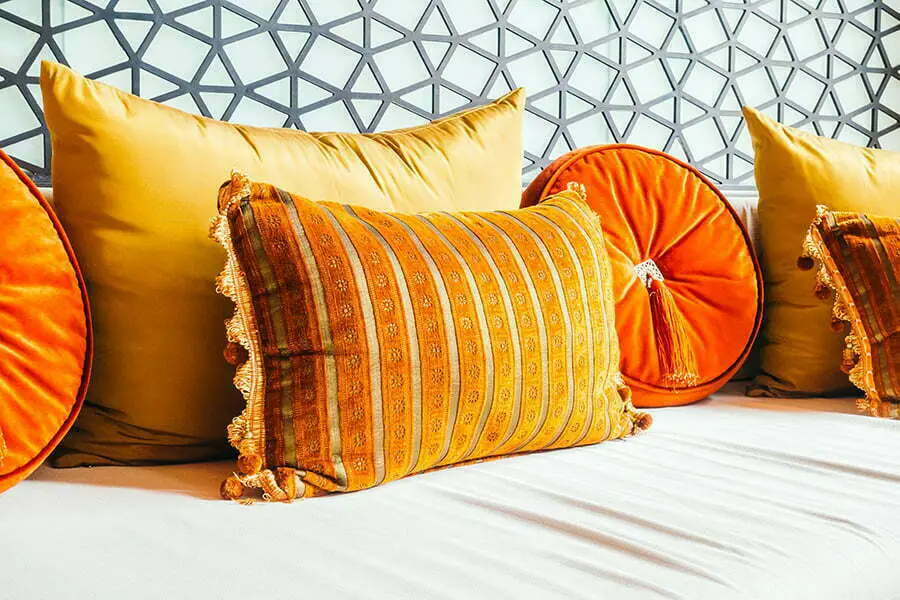
When it comes to making an Arabic sofa, one of the most important considerations is cushion comfort. After all, what good is a beautiful piece of furniture if you can’t relax and enjoy it? When choosing materials for your cushions, there are two main options: foam or fiberfill.
Foam cushions offer firm support and maintain their shape over time. They are ideal for those who prefer a more structured seating experience.
On the other hand, fiberfill cushions provide a softer feel with more give and flexibility. They tend to be less expensive than foam but may require fluffing up from time to time.
Of course, everyone’s preferences will differ when it comes to cushion comfort – some may prefer firmer support while others prioritize plushness above all else. The key is finding what works best for you so that your finished product not only looks stunning but feels just as inviting as well!
Sewing Techniques for Perfection
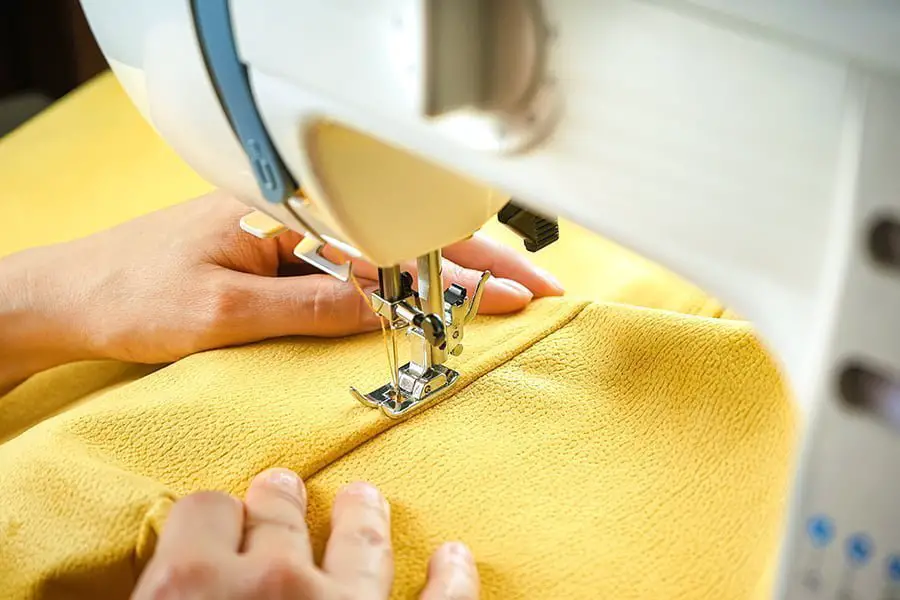
One of the most important aspects of creating an Arabic sofa is perfecting the sewing techniques. This step requires patience, precision, and attention to detail.
The first stitch is called “the saddle stitch,” which involves passing a needle through two pieces of leather or fabric at once and then crossing it over itself before pulling tight. This creates a strong seam that can withstand wear and tear.
Another common stitching technique used in making an Arabic sofa is “the whipstitch.” This method involves looping thread around the edge of each piece being sewn together while keeping them aligned properly.
There’s “the backstitch,” which creates a secure seam by overlapping each stitch with the previous one as you work your way along the material.
As I practiced these various sewing techniques for my own project, it became clear just how much skill goes into creating such intricate designs. But with time and practice comes mastery – so don’t be discouraged if your first attempts aren’t perfect!
Keep practicing until you achieve those clean lines and seamless seams that make an Arabic sofa truly stand out from other furniture pieces.
Assembling the Arabic Sofa
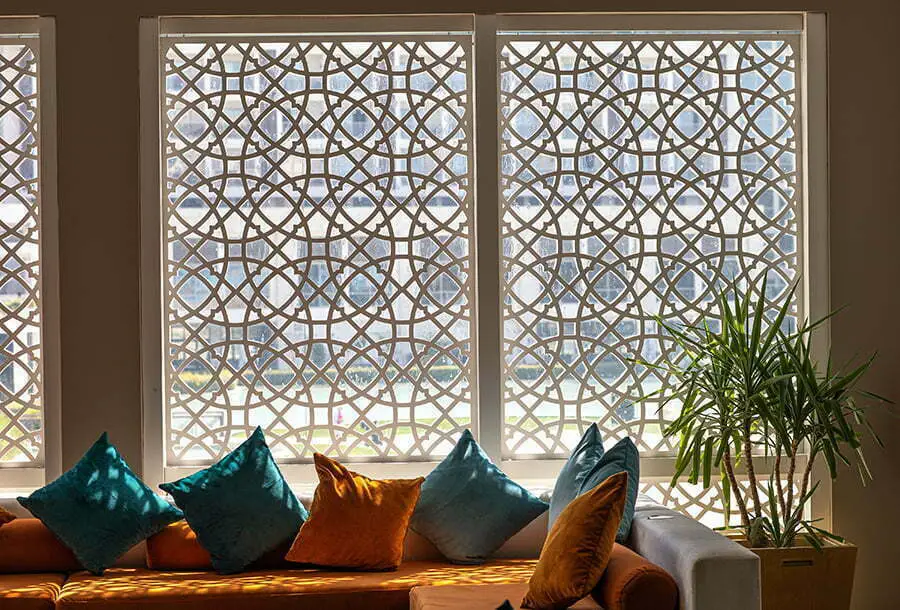
After gathering all the necessary materials and completing the intricate carving and embroidery work, it’s time to assemble your Arabic sofa. This is where all of your hard work will come together to create a stunning piece of furniture that you can be proud of.
Firstly, start by attaching the legs securely onto each corner of your base frame using screws or nails. Then attach both armrests on either side using wood glue or screws, depending on what works best for you.
Next comes one of the most crucial steps – attaching springs onto which cushions will rest later. These springs should be evenly spaced across both sides so that weight distribution is even when someone sits down on it.
Once these are secured in place, add foam padding over them, followed by batting material, before finally covering everything with fabric upholstery (make sure there aren’t any wrinkles!).
With every step completed carefully and precisely, you’ll soon have a beautiful handmade Arabic sofa ready for use!
Accessorizing With Pillows and Throws
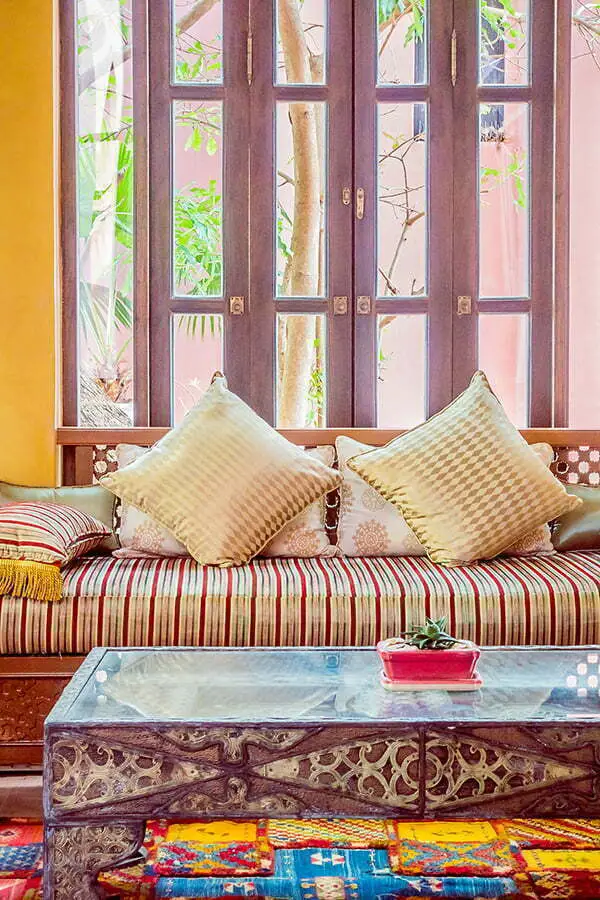
Once you have completed the construction of your Arabic sofa, it’s time to add those finishing touches that will truly make it a masterpiece. One way to do this is by accessorizing with pillows and throws.
In traditional Arabic decor, pillows and throws are used for comfort and as decorative elements. They can be made from luxurious fabrics such as silk or velvet and adorned with intricate embroidery or tassels.
As I searched for the perfect accessories for my Arabic sofa, I came across a beautiful set of embroidered throw pillows in rich jewel tones that complemented the deep reds and golds of my upholstery perfectly. I added a soft woolen throw blanket in a coordinating color to complete the look.
These additions enhanced the overall aesthetic appeal of my sofa and provided an extra layer of comfort – making it even more inviting to curl up on after a long day.
When selecting accessories for your Arabic sofa, consider colors that complement your upholstery while adding visual interest through texture or pattern. Don’t be afraid to mix different materials – like silk with wool – as this can create an eclectic yet cohesive look.
By taking care when choosing these final details, you’ll ensure that every inch of your handmade creation is both functional and visually stunning!
Caring for Your New Masterpiece

Now that you have successfully crafted your Arabic sofa, it’s essential to know how to care for it properly. After all, this masterpiece is not just a piece of furniture – it’s a symbol of tradition and culture.
Firstly, keep your sofa away from direct sunlight or heat sources, as they can cause the fabric or wood to fade and crack over time. Regular dusting with a soft cloth will help maintain its beauty.
In case of spills or stains on the fabric upholstery, use mild soap and water solution immediately before blotting dry with another clean cloth. Avoid using harsh chemicals that may damage the delicate fibers.
For wooden parts such as legs or armrests, apply furniture polish regularly but avoid using wax-based products, which can leave residue buildup over time.
By taking good care of your new masterpiece regularly, you’ll be able to enjoy its beauty for years while preserving its cultural significance in your family history.
